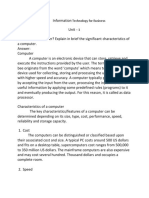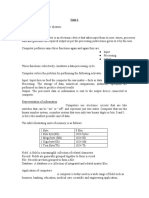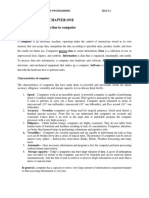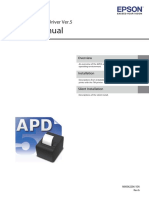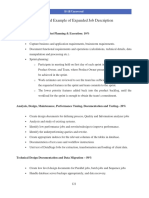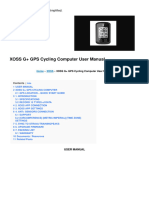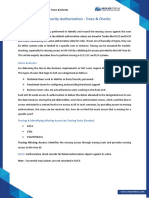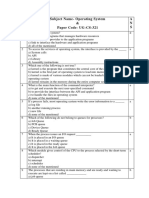0% found this document useful (0 votes)
11 views26 pagesCA-Lec1 - (An Overview of Computer Basics)
The document provides an overview of computer architecture, detailing the functionalities, components, and characteristics of computers. It explains the data processing cycle, types of computers, and their respective units, emphasizing the importance of speed, accuracy, and versatility in computing. The content is aimed at students in the Technical College of Informatics at Sulaimani Polytechnic University for their Computer Architecture course.
Uploaded by
Aeub omerCopyright
© © All Rights Reserved
We take content rights seriously. If you suspect this is your content, claim it here.
Available Formats
Download as PDF, TXT or read online on Scribd
0% found this document useful (0 votes)
11 views26 pagesCA-Lec1 - (An Overview of Computer Basics)
The document provides an overview of computer architecture, detailing the functionalities, components, and characteristics of computers. It explains the data processing cycle, types of computers, and their respective units, emphasizing the importance of speed, accuracy, and versatility in computing. The content is aimed at students in the Technical College of Informatics at Sulaimani Polytechnic University for their Computer Architecture course.
Uploaded by
Aeub omerCopyright
© © All Rights Reserved
We take content rights seriously. If you suspect this is your content, claim it here.
Available Formats
Download as PDF, TXT or read online on Scribd
/ 26

